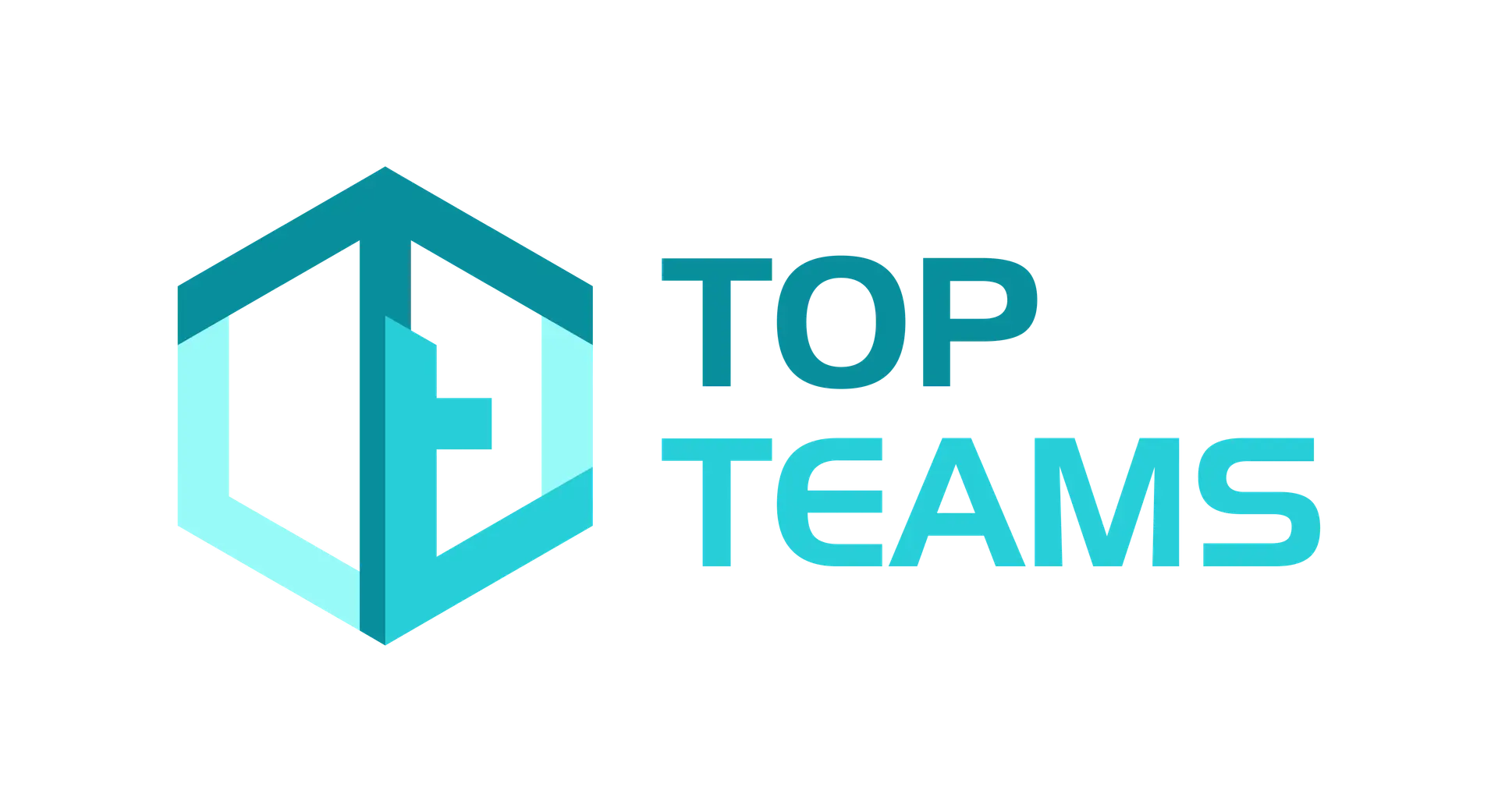Why TopTeams
Commons models and academia didn’t meet our standard nor give us the answers our clients needed.
So we created our own model called Top Teams.
LEARN MORE

Our Definition
Our definition of a team is a group of two or more people who have common goals and must work together to achieve these goals. Nothing more than that—nothing more complicated than that.
Read MoreLess
We don’t get caught up in the debate between what constitutes a team versus a work group. In our work and by our definition, if there are two or more of you working together in pursuit of something, you are a team.
A high-performing team, or in our language, a “top team,” has three very distinct and different outcomes: achieving its goals, achieving more together than individuals could alone, and each individual having a positive experience. It’s crucial, when defining team performance, to bear in mind that a high-performing team achieves all three of these things.

Our Ambition
Our ambition has been to define what makes a top team and to give our clients confidence that their teams can achieve high performance.
Read MoreLess
The reality of the context in which we find ourselves is that teams are important; businesses are built around teams, as they are the primary unit of structure. Teams are where capability is built and where change happens. Our experience as individuals working in our team is a key driver of our engagement, satisfaction at work, and well-being. Teams are better—or can be better—at complex problem-solving that requires creativity.
So, we know teams are important, yet our ability to make great teams remained elusive. We wanted to find a solution that was evidence-based and would give our clients confidence that if they take action, they will achieve better outcomes for their teams. Yet how often have you participated in team-building activities that are cringeworthy at best and damaging at worst?

Our Research
When we went looking for a model to use with our clients, we couldn’t find anything we were truly happy with. What we found were numerous challenges.
Read MoreLess
The first challenge is the abundance of popular models and approaches to high-performing teams, e.g. Lencioni. Yet when you dig deeper into these models, there is no evidence or data to support them, and each suggests something slightly different—so which one is right?
When we sought evidence and data to support these models, we turned to academia but encountered more challenges there, too. By its very nature, academic research needs to minimise variables, often resulting in studies that are too narrow. For instance, they might bring together groups of students at lunchtime to perform an activity like building a bridge out of pasta.
Yet in the real world, real teams work together over extended periods, pursuing shared organisational goals that hopefully are meaningful and important. Most models—both popular and academic—consider the team as an isolated unit without considering external factors on team performance.
However, we know that teams operate within larger organisations embedded within even larger systems.

Our Journey
In 2018, we started our collaboration with Monash University in pursuit of an evidence-based approach to team performance that embraces the complexity of teams.
Read MoreLess
Our approach studied and continues to study, real teams in the context of their actual work in the real world and provides evidence-based answers and practical solutions on what to do.
The exciting thing now is that after more than seven years of work, we have developed a model and gathered some insights and findings to share. These findings are interesting, surprising, and often a relief because they demystify team performance, dispel many popular myths, and return to truly practical insights and actions.
